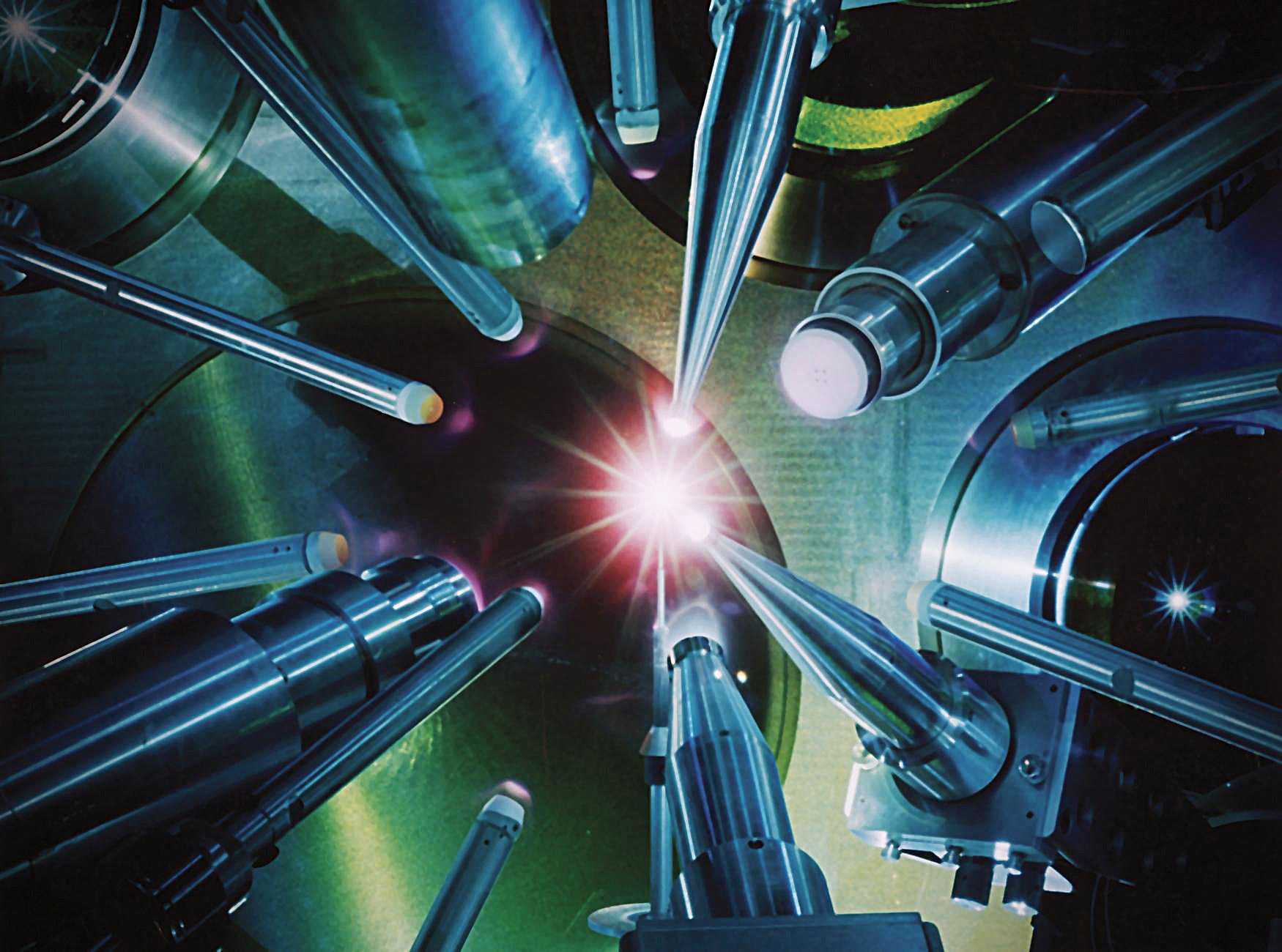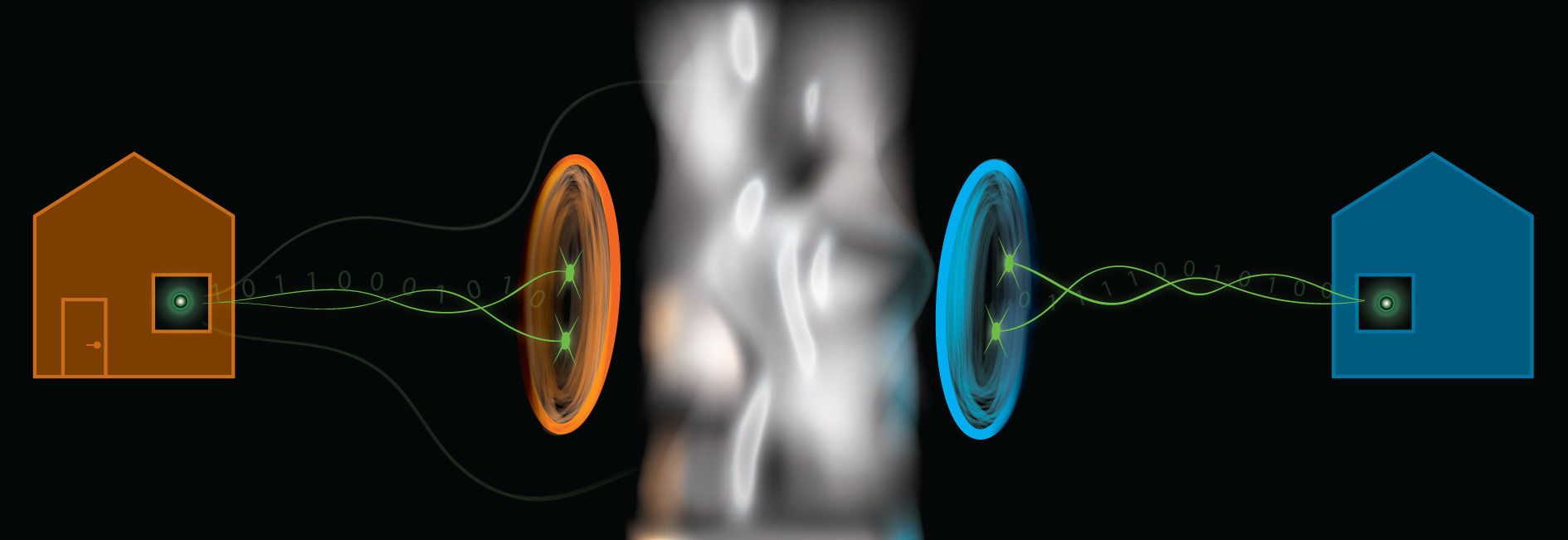Archive for the ‘computing’ category: Page 684
Jan 11, 2018
Google bought a UK startup that turns screens into speakers
Posted by Shailesh Prasad in categories: computing, media & arts, mobile phones
Over the past year, Google has demonstrated its desire to step up its hardware game. The company bought HTC’s Pixel team for $1.1 billion, designed its own imaging chip for the Pixel 2 and also hired a key Apple chip designer. Bloomberg reports that in its bid to gain an edge on the competition, Google has quietly snapped up UK startup Redux, a small team focused on delivering sound and touch feedback via mobile displays.
According to filings, Google took control of the startup back in August and then subsequently shut down the company’s website. Previous demonstrations show Redux playing back music via a tablet device, which possesses tiny actuators that vibrate the screen and effectively turn it into a loudspeaker. By eliminating the need for smartphone speakers, Google may be able free up more space for batteries and other important components inside future smartphones.
Jan 11, 2018
This is what a 50-qubit quantum computer looks like
Posted by Shailesh Prasad in categories: computing, information science, quantum physics
From afar, it looks like a steampunk chandelier. An intricate collection of tubes and wires that culminate in a small steel cylinder at the bottom. It is, in fact, one of the most sophisticated quantum computers ever built. The processor inside has 50 quantum bits, or qubits, that process tasks in a (potentially) revolutionary way. Normally, information is created and stored as a series of ones and zeroes. Qubits can represent both values at the same time (known as superposition), which means a quantum computer can theoretically test the two simultaneously. Add more qubits and this hard-to-believe computational power increases.
Last November, IBM unveiled the world’s first 50-qubit quantum computer. It lives in a laboratory, inside a giant white case, with pumps to keep it cool and some traditional computers to manage the tasks or algorithms being initiated. At CES this year, the company brought the innards — the wires and tubes required to send signals to the chip and keep the system cool — so reporters and attendees could better understand how it works. The biggest challenge, IBM Research Vice President Jeffrey Welser told me, is isolating the chip from unwanted “noise.” This includes electrical, magnetic and thermal noise — just the temperature of the room renders the whole machine useless.
Jan 10, 2018
Two qubit silicon gate has been created
Posted by Roman Mednitzer in categories: computing, quantum physics
Researchers at Princeton University have constructed silicon hardware that can control quantum behaviour between two electrons with extremely high precision.
The team constructed a two qubit gate that controls interactions between the electrons in a way that allows them to act as the qubits necessary for quantum computing. The demonstration of the gate is being seen as an early step in building a more complex quantum computing device from silicon.
The gate was constructed by layering aluminium wires onto a highly ordered silicon crystal. The wires deliver voltages that trap two single electrons, separated by an energy barrier, in a double quantum dot.
Continue reading “Two qubit silicon gate has been created” »
Jan 10, 2018
Bill Gates: What Gives Me Hope About the World’s Future
Posted by Derick Lee in categories: computing, neuroscience
What are some of the things you don’t think machines are ever going to be able to do? Computers are still very weak when it comes to understanding. They can’t process a textbook and use the knowledge the way humans do. But that’s being worked on. There’s no real problem- solving limit to what can be done. Understanding what does it mean in terms of consciousness or anything like that, I know that the software won’t be in that realm at all. But it will be an incredible problem solver.
Microsoft founder Bill Gates spoke with TIME’s Nancy Gibbs about looking forward and what makes him optimistic about the future.
Jan 10, 2018
SanDisk shows off the world’s smallest 1TB USB-C flash drive at CES
Posted by Shailesh Prasad in category: computing
Jan 9, 2018
Intel wants to move beyond today’s architecture, with brain-inspired and quantum chips
Posted by Klaus Baldauf in categories: computing, neuroscience, quantum physics
Intelligent Machines
Intel’s new chips are more brain-like than ever.
The troubled chipmaker is looking to the future of computing.
Jan 7, 2018
8 Trends of the Internet of Things in 2018
Posted by Shailesh Prasad in categories: bitcoin, computing, internet
Internet of Things trends for 2018. Our expert Ahmed Banaf reviews how this tech trend will evolve this year: dat analytics, fog computing and blockchain.
Jan 7, 2018
Computational astrophysics team uncloaks magnetic fields of cosmic events
Posted by Shailesh Prasad in categories: computing, cosmology, physics
The development of ultra-intense lasers delivering the same power as the entire U.S. power grid has enabled the study of cosmic phenomena such as supernovae and black holes in earthbound laboratories. Now, a new method developed by computational astrophysicists at the University of Chicago allows scientists to analyze a key characteristic of these events: their powerful and complex magnetic fields.
In the field of high-energy density physics, or HEDP, scientists study a wide range of astrophysical objects—stars, supermassive black holes at the center of galaxies and galaxy clusters—with laboratory experiments as small as a penny and lasting only a few billionths of a second. By focusing powerful lasers on a carefully designed target, researchers can produce plasmas that reproduce conditions observed by astronomers in our sun and distant galaxies.
Planning these complex and expensive experiments requires large-scale, high-fidelity computer simulation beforehand. Since 2012, the Flash Center for Computational Science of the Department of Astronomy & Astrophysics at UChicago has provided the leading open computer code, called FLASH, for these HEDP simulations, enabling researchers to fine-tune experiments and develop analysis methods before execution at sites such as the National Ignition Facility at Lawrence Livermore National Laboratory or the OMEGA Laser Facility in Rochester, N.Y.
Continue reading “Computational astrophysics team uncloaks magnetic fields of cosmic events” »
Jan 6, 2018
Quantum ‘spooky action at a distance’ becoming practical
Posted by Shailesh Prasad in categories: computing, particle physics, quantum physics, security
A team from Griffith’s Centre for Quantum Dynamics in Australia have demonstrated how to rigorously test if pairs of photons — particles of light — display Einstein’s “spooky action at a distance”, even under adverse conditions that mimic those outside the lab.
They demonstrated that the effect, also known as quantum nonlocality, can still be verified even when many of the photons are lost by absorption or scattering as they travel from source to destination through an optical fiber channel. The experimental study and techniques are published in the journal Science Advances.
Quantum nonlocality is important in the development of new global quantum information networks, which will have transmission security guaranteed by the laws of physics. These are the networks where powerful quantum computers can be linked.
















